Citibank 2014 Annual Report Download - page 108
Download and view the complete annual report
Please find page 108 of the 2014 Citibank annual report below. You can navigate through the pages in the report by either clicking on the pages listed below, or by using the keyword search tool below to find specific information within the annual report.-
 1
1 -
 2
2 -
 3
3 -
 4
4 -
 5
5 -
 6
6 -
 7
7 -
 8
8 -
 9
9 -
 10
10 -
 11
11 -
 12
12 -
 13
13 -
 14
14 -
 15
15 -
 16
16 -
 17
17 -
 18
18 -
 19
19 -
 20
20 -
 21
21 -
 22
22 -
 23
23 -
 24
24 -
 25
25 -
 26
26 -
 27
27 -
 28
28 -
 29
29 -
 30
30 -
 31
31 -
 32
32 -
 33
33 -
 34
34 -
 35
35 -
 36
36 -
 37
37 -
 38
38 -
 39
39 -
 40
40 -
 41
41 -
 42
42 -
 43
43 -
 44
44 -
 45
45 -
 46
46 -
 47
47 -
 48
48 -
 49
49 -
 50
50 -
 51
51 -
 52
52 -
 53
53 -
 54
54 -
 55
55 -
 56
56 -
 57
57 -
 58
58 -
 59
59 -
 60
60 -
 61
61 -
 62
62 -
 63
63 -
 64
64 -
 65
65 -
 66
66 -
 67
67 -
 68
68 -
 69
69 -
 70
70 -
 71
71 -
 72
72 -
 73
73 -
 74
74 -
 75
75 -
 76
76 -
 77
77 -
 78
78 -
 79
79 -
 80
80 -
 81
81 -
 82
82 -
 83
83 -
 84
84 -
 85
85 -
 86
86 -
 87
87 -
 88
88 -
 89
89 -
 90
90 -
 91
91 -
 92
92 -
 93
93 -
 94
94 -
 95
95 -
 96
96 -
 97
97 -
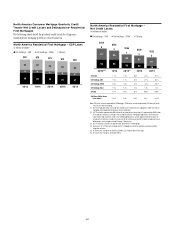 98
98 -
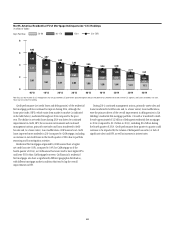 99
99 -
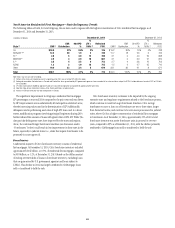 100
100 -
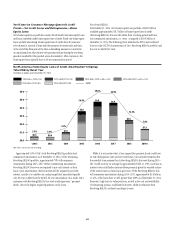 101
101 -
 102
102 -
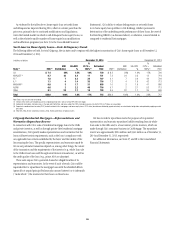 103
103 -
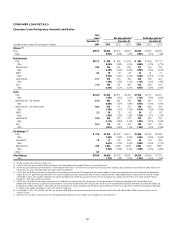 104
104 -
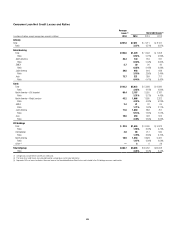 105
105 -
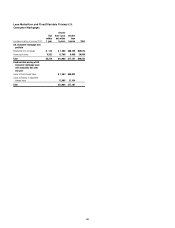 106
106 -
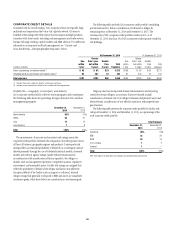 107
107 -
 108
108 -
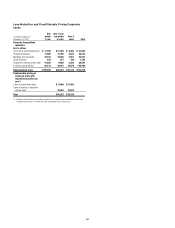 109
109 -
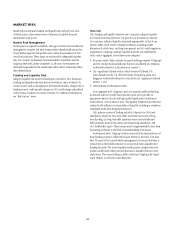 110
110 -
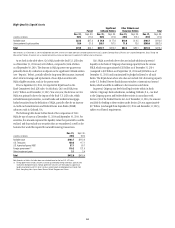 111
111 -
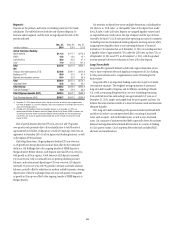 112
112 -
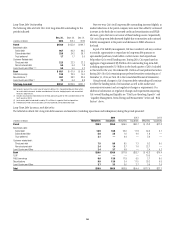 113
113 -
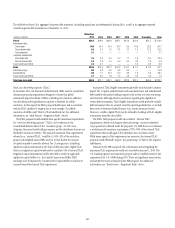 114
114 -
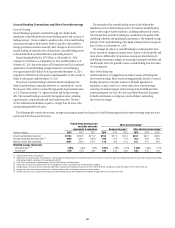 115
115 -
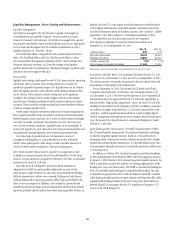 116
116 -
 117
117 -
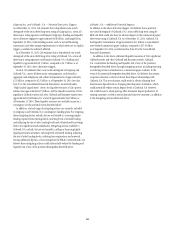 118
118 -
 119
119 -
 120
120 -
 121
121 -
 122
122 -
 123
123 -
 124
124 -
 125
125 -
 126
126 -
 127
127 -
 128
128 -
 129
129 -
 130
130 -
 131
131 -
 132
132 -
 133
133 -
 134
134 -
 135
135 -
 136
136 -
 137
137 -
 138
138 -
 139
139 -
 140
140 -
 141
141 -
 142
142 -
 143
143 -
 144
144 -
 145
145 -
 146
146 -
 147
147 -
 148
148 -
 149
149 -
 150
150 -
 151
151 -
 152
152 -
 153
153 -
 154
154 -
 155
155 -
 156
156 -
 157
157 -
 158
158 -
 159
159 -
 160
160 -
 161
161 -
 162
162 -
 163
163 -
 164
164 -
 165
165 -
 166
166 -
 167
167 -
 168
168 -
 169
169 -
 170
170 -
 171
171 -
 172
172 -
 173
173 -
 174
174 -
 175
175 -
 176
176 -
 177
177 -
 178
178 -
 179
179 -
 180
180 -
 181
181 -
 182
182 -
 183
183 -
 184
184 -
 185
185 -
 186
186 -
 187
187 -
 188
188 -
 189
189 -
 190
190 -
 191
191 -
 192
192 -
 193
193 -
 194
194 -
 195
195 -
 196
196 -
 197
197 -
 198
198 -
 199
199 -
 200
200 -
 201
201 -
 202
202 -
 203
203 -
 204
204 -
 205
205 -
 206
206 -
 207
207 -
 208
208 -
 209
209 -
 210
210 -
 211
211 -
 212
212 -
 213
213 -
 214
214 -
 215
215 -
 216
216 -
 217
217 -
 218
218 -
 219
219 -
 220
220 -
 221
221 -
 222
222 -
 223
223 -
 224
224 -
 225
225 -
 226
226 -
 227
227 -
 228
228 -
 229
229 -
 230
230 -
 231
231 -
 232
232 -
 233
233 -
 234
234 -
 235
235 -
 236
236 -
 237
237 -
 238
238 -
 239
239 -
 240
240 -
 241
241 -
 242
242 -
 243
243 -
 244
244 -
 245
245 -
 246
246 -
 247
247 -
 248
248 -
 249
249 -
 250
250 -
 251
251 -
 252
252 -
 253
253 -
 254
254 -
 255
255 -
 256
256 -
 257
257 -
 258
258 -
 259
259 -
 260
260 -
 261
261 -
 262
262 -
 263
263 -
 264
264 -
 265
265 -
 266
266 -
 267
267 -
 268
268 -
 269
269 -
 270
270 -
 271
271 -
 272
272 -
 273
273 -
 274
274 -
 275
275 -
 276
276 -
 277
277 -
 278
278 -
 279
279 -
 280
280 -
 281
281 -
 282
282 -
 283
283 -
 284
284 -
 285
285 -
 286
286 -
 287
287 -
 288
288 -
 289
289 -
 290
290 -
 291
291 -
 292
292 -
 293
293 -
 294
294 -
 295
295 -
 296
296 -
 297
297 -
 298
298 -
 299
299 -
 300
300 -
 301
301 -
 302
302 -
 303
303 -
 304
304 -
 305
305 -
 306
306 -
 307
307 -
 308
308 -
 309
309 -
 310
310 -
 311
311 -
 312
312 -
 313
313 -
 314
314 -
 315
315 -
 316
316 -
 317
317 -
 318
318 -
 319
319 -
 320
320 -
 321
321 -
 322
322 -
 323
323 -
 324
324 -
 325
325 -
 326
326 -
 327
327
 |
 |

91
Citi’s corporate credit portfolio is also diversified by industry. The following
table shows the allocation of Citi’s total corporate credit portfolio by industry:
Total Exposure
December 31,
2014
December 31,
2013
Transportation and industrial 21% 22%
Consumer retail and health 17 15
Power, chemicals, commodities and
metals and mining 10 10
Energy (1) 10 10
Technology, media and telecom 910
Banks/broker-dealers 810
Real estate 65
Public sector 56
Insurance and special purpose entities 55
Hedge funds 54
Other industries 43
Total 100% 100%
Note: Total exposure includes direct outstandings and unfunded lending commitments.
(1) In addition to this exposure, Citi also has energy-related exposure within the “Public sector”
(e.g., energy-related state-owned entities) and “Transportation and industrial” sector (e.g., off-shore
drilling entities) included in the table above. As of December 31, 2014, Citi’s total exposure to these
energy-related entities was approximately $7 billion, of which approximately $4 billion consisted of
direct outstanding funded loans.
There has recently been a focus on the energy sector, given the decline
in oil prices during the latter part of 2014. As of December 31, 2014, Citi’s
total corporate credit exposure to the energy and energy-related sector
(see footnote 1 to the table above) was approximately $60 billion, with
approximately $22 billion, or 3%, of Citi’s total outstanding loans consisting
of direct outstanding funded loans. In addition, as of December 31, 2014,
approximately 70% of Citi’s total corporate credit energy and energy-related
exposure (based on the methodology described above) was in the United
States, United Kingdom and Canada. Also as of year-end 2014, approximately
85% of Citi’s total energy and energy-related exposures were rated
investment grade.
Credit Risk Mitigation
As part of its overall risk management activities, Citigroup uses credit
derivatives and other risk mitigants to hedge portions of the credit risk in
its corporate credit portfolio, in addition to outright asset sales. The results
of the mark-to-market and any realized gains or losses on credit derivatives
are reflected in Principal transactions on the Consolidated Statement
of Income.
At December 31, 2014 and December 31, 2013, $27.6 billion and
$27.2 billion, respectively, of the corporate credit portfolio was economically
hedged. Citigroup’s expected loss model used in the calculation of its loan
loss reserve does not include the favorable impact of credit derivatives
and other mitigants that are marked-to-market. In addition, the reported
amounts of direct outstandings and unfunded lending commitments in
the tables above do not reflect the impact of these hedging transactions.
At December 31, 2014 and December 31, 2013, the credit protection was
economically hedging underlying corporate credit portfolio exposures with
the following risk rating distribution:
Rating of Hedged Exposure
December 31,
2014
December 31,
2013
AAA/AA/A 24% 26%
BBB 42 36
BB/B 28 29
CCC or below 69
Total 100% 100%
At December 31, 2014 and December 31, 2013, the credit protection was
economically hedging underlying corporate credit portfolio exposures with
the following industry distribution:
Industry of Hedged Exposure
December 31,
2014
December 31,
2013
Transportation and industrial 30% 31%
Power, chemicals, commodities and metals
and mining 15 15
Technology, media and telecom 15 14
Consumer retail and health 11 9
Energy 10 8
Banks/broker-dealers 78
Public Sector 66
Insurance and special purpose entities 47
Other industries 22
Total 100% 100%
For additional information on Citi’s corporate credit portfolio, including
allowance for loan losses, coverage ratios and corporate non-accrual loans,
see “Credit Risk—Loans Outstanding, Details of Credit Loss Experience,
Allowance for Loan Losses and Non-Accrual Loans and Assets” above.
